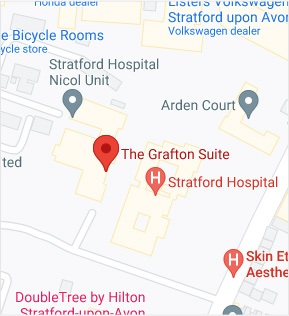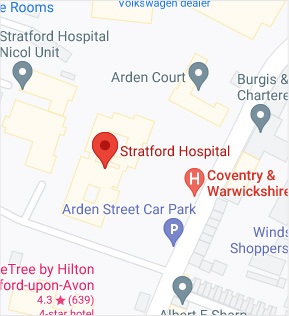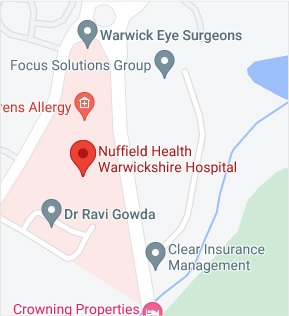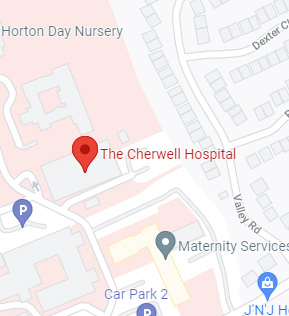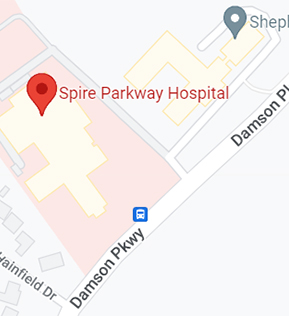Osteoarthritis
Osteoarthritis also called degenerative joint disease, is the most common form of arthritis. It occurs most often in older people. This disease affects the tissue covering the ends of bones in a joint (cartilage). Osteoarthritis is characterised by damaged articular cartilage, cartilage lining the hip joint. Advanced age is one of the most common reasons for osteoarthritis of the hip. You may also develop osteoarthritis if you had a hip injury or fracture in the past, if you have a family history of osteoarthritis, suffering from hip diseases such as avascular necrosis and other congenital or developmental hip diseases.
The characteristic symptoms and diagnostic test help in diagnosing the condition. You will experience severe pain confined to hip and thighs, morning stiffness and limited range of motion. Based on the symptoms, your orthopaedic surgeon will perform a physical examination, X-rays and other scans, and also some blood tests to rule out the other conditions that may cause similar symptoms.
Management of Osteoarthritis
The objective of the treatment is to reduce pain, improve joint movement, and prevent further damage to the joint.
Non-surgical Treatment
The non-surgical treatment of osteoarthritis involves:
Medications
Pain-relieving medications such as NSAIDs, COX-2 inhibitors and opioids may be prescribed. Topical medications such as ointments can be applied over the skin where there is a pain.
Steroid Shots
These injections of steroids are given directly into the affected joint for severe pain when the use of NSAIDs does not bring much relief. Steroids are very strong anti-inflammatory drugs and if used orally cause various side effects on other body systems. Local analgesics that prevent the sensation of pain are sometimes given along with steroids in the same shot to bring relief quickly.
Lifestyle modifications
Some of the lifestyle modifications include:
- A moderate exercise programme
- Use of heat or cold treatments
- Eating a healthy and well-balanced diet
- Getting adequate rest
- Losing weight
- Protecting your joints with the use of assistive devices such as splints or braces to support the weakened joints
Physiotherapy
Your physiotherapist will teach you exercises to keep joints flexible and improve muscle strength.
Surgical Treatment
Surgery is usually considered if non-surgical treatment fails to provide relief. There are different surgical procedures that can be used and may include:
Arthroscopy
Arthroscopy, also referred to as keyhole surgery or minimally invasive surgery, is performed through very small incisions to evaluate and treat a variety of hip conditions. Arthroscopy is a surgical procedure in which an arthroscope is inserted into a joint. An arthroscope is a pencil-sized instrument that has a small lens and lighting system at its one end. Arthroscope magnifies and illuminates the structures inside the body with the light that is transmitted through fibre optics. It is attached to a television camera and the internal structures are seen on the television monitor.
Debridement
Arthroscopic debridement or a clean-up is a surgical procedure performed using an arthroscope. In this procedure, the cartilage or the bone that is damaged is removed using surgical instruments and the edges of the articular cartilage that are rough will be smoothened. A washout or joint lavage is done using a special tool to spray jets of fluid to wash and suck out to remove the remaining debris around the joint. After lavage, any remaining loose bodies or fragments are removed. Debridement helps to reduce pain and slows down the progression of arthritis.
Tailor-made prosthesis
A tailor-made prosthesis or custom-made prosthesis is the latest technology designed specifically for the size and shape of an individual’s anatomy. It uses CT-scanning for extremely accurate 3-dimensional mapping and measurement of the hip joint. Computer software transforms the data from the scan into a 3-D model of your arthritic hip and then virtually rectifies any deformity so as to restore the hip to its pre-arthritic condition. This allows the surgeon to preserve more of the bone and ligaments to accept the hip replacement implant.
Your surgeon will discuss the options and help you decide which type of surgery is the most appropriate for you.


 REQUEST AN APPOINTMENT
REQUEST AN APPOINTMENT



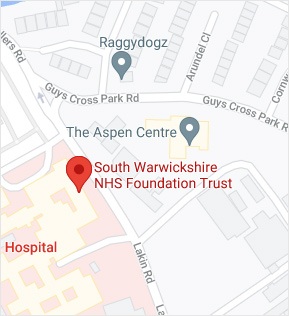
 Ext 4798
Ext 4798